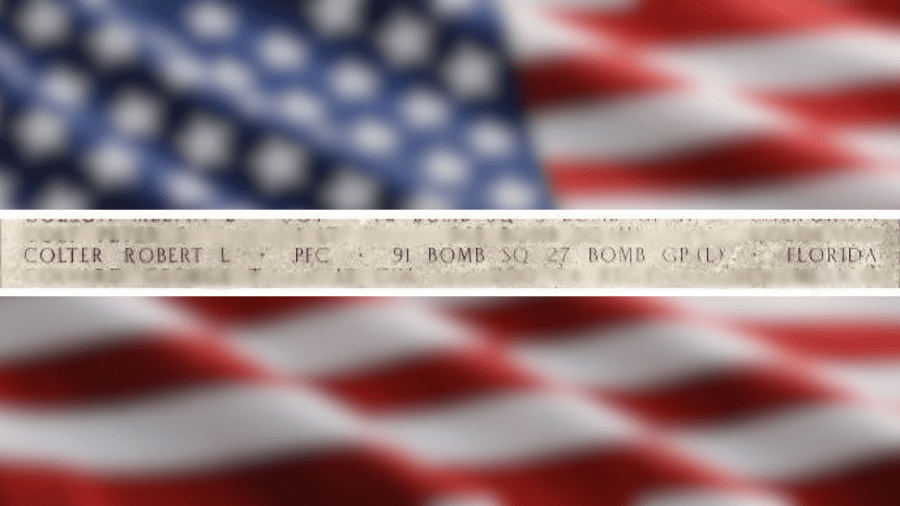Video above: World War II pilot laid to rest in St. Pete after 80 years MIA
TAMPA, Fla. (WFLA) — The remains of a Lakeland soldier who was captured during World War II were identified over 80 years after his death.
The Defense POW/MIA Accounting Agency (DPAA) announced Friday that the remains of U.S. Army Air Force Pvt. 1st Class Robert L. Colter, 23, were recently exhumed from the site of a former prisoner of war camp in the Philippines.
In 1942, Colter was captured by Japanese soldiers after U.S. forces surrendered, along with thousands of others who were interned at POW camps. Colter and his fellow soldiers were forced to walk 65 miles from Bataan – a journey known as the Bataan Death March – where they were subjected to abuse, starvation and torture.
Colter was among over 2,500 POWs who died at the Cabanatuan camp. According to historical records, Colter died on July 28, 1942, and was buried at a common grave in the camp’s cemetery, alongside other deceased prisoners.

After the war, the U.S. military removed the remains from the camp and took them to a temporary mausoleum in Manilla. Five sets of remains from Colter’s grave were identified in 1947, but he was buried as an “unknown.”
Colter’s remains would go undisturbed until 2018, when the DPAA sent them to a laboratory to be analyzed. Scientists used a combination of anthropological analysis, mitochondrial DNA analysis and circumstantial evidence to identify him on Sept. 25, 2023.
“Although interred as an Unknown in MACM, Colter’s grave was meticulously cared for over the past 70 years by the American Battle Monuments Commission (ABMC),” a release from the DPAA stated.
Colter’s family has yet to determine his final resting place.






